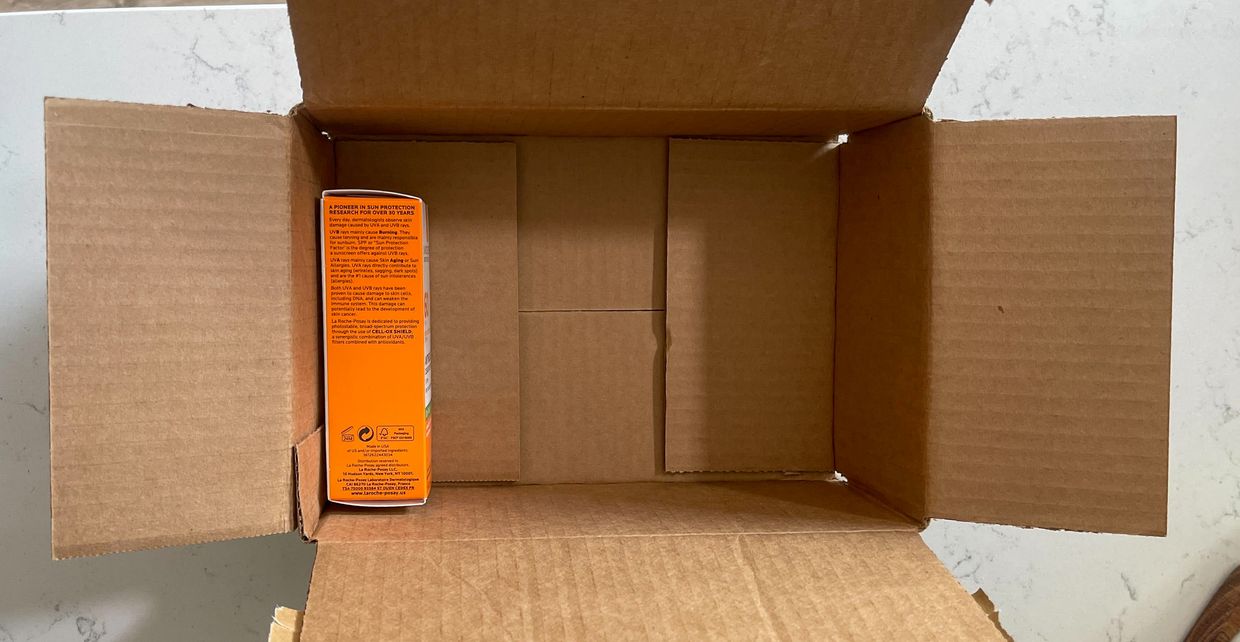Achieve PPWR Compliance Ahead of Mandates

Are you ready for PPWR?
The European Union's new Packaging and Packaging Waste Regulation (PPWR) will change how packaging is designed, used, and managed across the EU. This isn't just another directive; it's a legally binding regulation that directly impacts any business placing packaged goods on the EU market, including those based outside of Europe. With deadlines rapidly approaching, understanding and acting on PPWR now is crucial for avoiding penalties and gaining a competitive edge.
What is PPWR?
The PPWR aims to significantly reduce packaging waste, promote a circular economy, and enhance the environmental performance of packaging. Key objectives and requirements of PPWR that will impact shippers include:
Reduce Packaging Waste: A mandatory reduction in packaging waste per capita (5% by 2030, 10% by 2035, and 15% by 2040, based on 2018 levels).
Ban on Unnecessary Packaging: Prohibitions on certain single-use plastic packaging and restrictions on excessive void space (e.g., maximum 50% empty space for e-commerce, grouped, and transport packaging).
Mandatory Recyclability: By 2030, all packaging placed on the EU market must be designed for recyclability. By 2035, packaging must be recycled at scale (meaning at least 55% of each packaging category is successfully recycled EU-wide).
Minimum Recycled Content: Specific, increasing targets for post-consumer recycled (PCR) content in plastic packaging, with different percentages for various types of plastic and contact-sensitive packaging.
Harmonized Labeling: Standardized labels across the EU for material composition and disposal instructions to improve sorting and recycling by consumers.
Why Focus on PPWR Now?
The first major impact, the technical conformity assessment, is required by August 12, 2026, while some of the most stringent requirements for PPWR come into full effect by 2030. This means that businesses must already be evaluating their packaging process. Proactive compliance is not just about avoiding future fines; it's a strategic imperative:
Market Access: Non-compliant packaging will simply not be allowed on the EU market. Acting early ensures continued access to a significant global market.
Cost Savings: Optimizing packaging for compliance often leads to reduced material usage, lower transportation costs, less void fill, and potentially lower EPR fees, driving long-term savings.
Brand Reputation: Consumers are increasingly demanding sustainable products and packaging. Demonstrating leadership in sustainability can enhance brand image, build customer loyalty, and attract environmentally conscious consumers.
Competitive Advantage: Companies that proactively adapt can position themselves as industry leaders, gaining a competitive edge over those who wait. Early adoption allows for testing, refining, and building resilient supply chains.
Avoid Bottlenecks: As deadlines approach, the demand for sustainable materials and eco-friendly packaging solutions will surge. Acting now helps secure essential resources and avoid potential supply chain disruptions and increased costs.
Systemic Change: PPWR is a fundamental redesign of packaging regulations. It requires a holistic approach to packaging design, procurement, logistics, and reporting, which takes time to implement effectively.
Local Regulations: Similar regulations have been proposed in a number of US states. Establishing an organizational framework to accomplish these sustainability KPIs will translate to future US regulations whenever they happen.
How Paccurate Can Help Shippers Become Compliant in Time
Paccurate's intelligent packing platform is here to help shippers navigate the complexities of PPWR and achieve compliance well ahead of deadlines. Paccurate provides complete control over packing to:
1. Minimize Packaging Waste and Void Fill: Paccurate's core strength lies in its 3D cost-aware cartonization engine, PacAPI. It analyzes item and box dimensions in real-time to generate precise 3D packing instructions, ensuring the optimal box selection, item arrangement for every order, and proves compliance for every pack.
2. Reduce Wasted Material: Paccurate determines the most optimal box line-up based on historical shipping data. Minimizing or simply right-sizing your box, bag or mailer suite, shippers can reduce corrugate and void fill usage.
3. Reduce Transportation Costs and Emissions: Less void fill means more efficiently packed boxes and more efficiently packed trucks. By reducing the number of trucks needed to move the same volume of orders, Paccurate helps decrease scope 3 emissions and transportation costs.
4. Augment Existing WES: Ensure you’re using the best tool(s) for the job by augmenting an existing WES. Paccurate can intelligently route orders to different automated packaging lines, for example an autobagger versus a Packsize machine, dependent upon unique operating rules. When orders are routed to the appropriate packout process, you reduce the risk of non-compliance.
5. Leverage Real-Time Analytics and Visibility: Paccurate's PacHealth® platform provides real-time analytics and visibility into your packing performance. You can benchmark efficiency, identify areas of improvement, and monitor key performance indicators like volume utilization and corrugated usage. This data demonstrates compliance and can proactively adjust your packaging strategies to meet PPWR requirements.
Measure and Monitor: Track your progress against PPWR's waste reduction and efficiency targets.
Identify Inefficiencies: Pinpoint areas where packaging can be further optimized for compliance.
Forecast Impact: Use PacSimulate® to model different packaging scenarios and understand how changes to your box, bag or mailer line-up, automation, on-demand packaging or overall packout processes will affect your compliance scores before you implement them.
6. Adapt to Evolving Regulations with Flexibility: Paccurate's API-based cartonization engine easily incorporates evolving packing rules and constraints. As PPWR legislation is further defined,Paccurate can adapt your packing logic to ensure ongoing compliance without rebuilding systems from scratch.
By partnering with Paccurate, shippers can proactively tackle PPWR compliance, turning a regulatory challenge into an opportunity for operational efficiency, cost savings, and enhanced sustainability. Don't wait for the mandates to hit; optimize your packaging strategy with Paccurate.